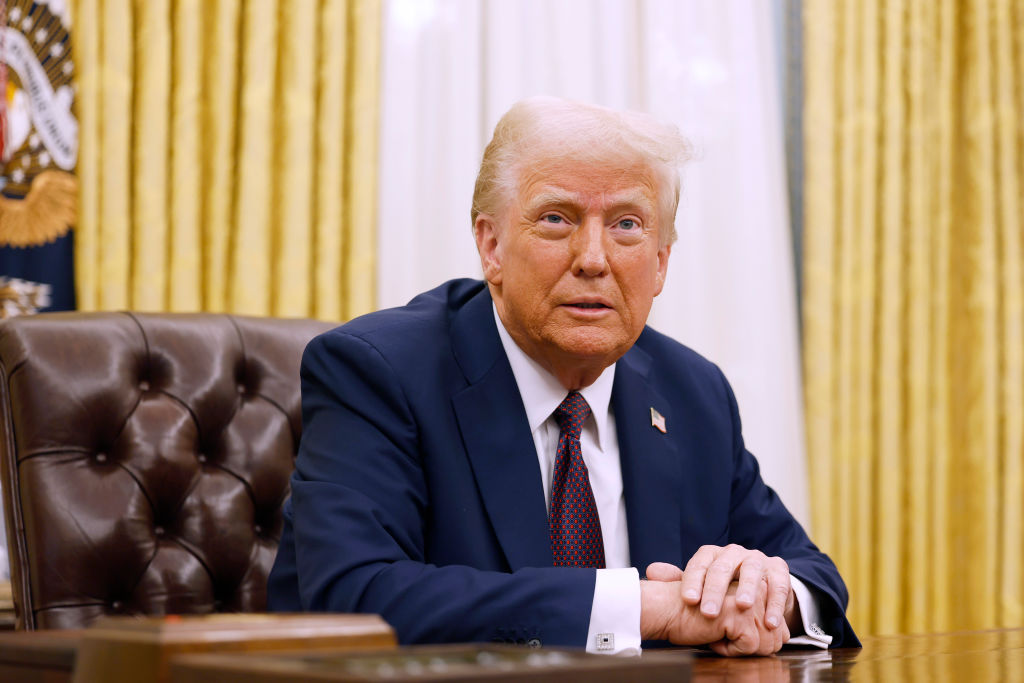Washington's Next Stimulus Plan
Congress is readying an economic booster shot that should deliver jobs, economic growth -- and a bigger deficit.

Politicians seldom follow the advice of economists, but they have found something to agree on. For the moment, they’re setting aside the debate over reducing the debt and firing up what amounts to round two of deficit spending, aimed at kicking the economy into a higher gear.
If passed, the tax-cuts package worked out by Republicans and President Obama will lift GDP next year. By how much? That’s the only disagreement among economists. After putting the numbers into their computers, the estimates that come out are pretty eye-popping.
Net job gains will jump up from previous expectations, hitting 2.5 million, up from about 1 million this year. The unemployment rate, now 9.8%, will fall a bit below 9% or so by the end of 2011.

Sign up for Kiplinger’s Free E-Newsletters
Profit and prosper with the best of expert advice on investing, taxes, retirement, personal finance and more - straight to your e-mail.
Profit and prosper with the best of expert advice - straight to your e-mail.
And GDP growth will accelerate to about 3.5% for the year. “In all likelihood the recovery would have made it through next year without backtracking into recession, but this deal improves those odds significantly,” says Mark Zandi, chief economist for Moody’s Analytics.
There is a cost, and it’s not small. The estimated $900 billion worth of tax cuts and some spending add-ons over 10 years will add about $200 billion to the budget deficit in 2011 alone. That’s in addition to an anticipated deficit of about $1.25 trillion.
The new stimulus is on top of the $600-billion plan by the Federal Reserve to buy Treasuries to stimulate growth. Critics are raising alarms that inflation will result. They’ll argue the stimulus provided by Congress eliminates the need for the Fed purchases. The central bank isn’t likely to scale back or drop its plans; Fed Chairman Ben Bernanke has been saying in speeches and interviews that both the bond buying and a fresh stimulus package from Congress are needed to avert a recession next year.
The bond market is dubious. The yield on 10-year Treasury notes has risen from 2.38% in early October to 3.25%, and other long-term rates have followed. The 30-year fixed rate residential mortgage is 4.61%, up from 4.17% four weeks ago.
Bernanke’s worry is that at the current pace of growth it will take four or five more years to return jobs to their level at the start of the recession. That prospect carries the risk of deflation, a situation in which Japan has been mired, more or less, for 20 years.
The first stimulus of about $800 billion, passed in 2009, included tax cuts, money for highway improvements and cash to ailing state governments. Critics on all sides said it was badly designed.
No doubt, some parts packed little punch. And measurements of what worked are educated guesses. One study, by Zandi and former Fed Vice Chairman Alan Blinder, asserts that without the first stimulus, the Troubled Asset Relief Program, the rescue of General Motors and other firms and $3 trillion in loans by the Feds to tide over wobbly banks here and overseas, job losses would have doubled to 17 million and the unemployment rate would have soared to 16%.
Setting that debate aside, there is no argument that job creation has gone slowly since the recession ended. About 8.5 million jobs were lost in 2008 and 2009, and only about 15% have been added back. At the same time, gross domestic product has regained more than 95% of the ground it lost during the recession. But GDP growth, about 2.8% this year, isn’t robust enough to lower the unemployment rate.
Bernanke is willing to risk a little more inflation, saying the Fed can quickly act to keep prices stable. The key test will start around the middle of next year. By then, Congress, the White House and the Fed should be seeing a faster-growing economy.
Then they’ll have to demonstrate a will to pare deficit spending for the years that follow. Failure to do any cost control will result in still-higher long-term interest rates.
Get Kiplinger Today newsletter — free
Profit and prosper with the best of Kiplinger's advice on investing, taxes, retirement, personal finance and much more. Delivered daily. Enter your email in the box and click Sign Me Up.

-
 Stock Market Today: Stocks Gain on Tech, Auto Tariff Talk
Stock Market Today: Stocks Gain on Tech, Auto Tariff TalkThe Trump administration said late Friday that it will temporarily halt tariffs on some Chinese tech imports.
By Karee Venema
-
 Sam's Club Plans Aggressive Expansion: Discover Its New Locations
Sam's Club Plans Aggressive Expansion: Discover Its New LocationsSam's Club expansion plans will open up to 15 new stores each year. Learn where they plan to open in 2025.
By Sean Jackson
-
 The AI Doctor Coming to Read Your Test Results
The AI Doctor Coming to Read Your Test ResultsThe Kiplinger Letter There’s big opportunity for AI tools that analyze CAT scans, MRIs and other medical images. But there are also big challenges that human clinicians and tech companies will have to overcome.
By John Miley
-
 The New Space Age Takes Off
The New Space Age Takes OffThe Kiplinger Letter From fast broadband to SOS texting, space has never been more embedded in peoples’ lives. The future is even more exciting for rockets, satellites and emerging space tech.
By John Miley
-
 Rising AI Demand Stokes Undersea Investments
Rising AI Demand Stokes Undersea InvestmentsThe Kiplinger Letter As demand soars for AI, there’s a need to transport huge amounts of data across oceans. Tech giants have big plans for new submarine cables, including the longest ever.
By John Miley
-
 What DOGE is Doing Now
What DOGE is Doing NowThe Kiplinger Letter As Musk's DOGE pursues its ambitious agenda, uncertainty and legal challenges are mounting — causing frustration for Trump.
By Matthew Housiaux
-
 A Move Away From Free Trade
A Move Away From Free TradeThe Letter President Trump says long-term gain will be worth short-term pain, but the pain could be significant this year.
By David Payne
-
 Trump’s Whirlwind Month of Crypto Moves
Trump’s Whirlwind Month of Crypto MovesThe Kiplinger Letter The Trump administration wants to strengthen U.S. leadership in the cryptocurrency industry by providing regulatory clarity.
By Rodrigo Sermeño
-
 Donald Trump Tests His Limits
Donald Trump Tests His LimitsThe Kiplinger Letter President Encounters Legal Obstacles in Pursuit of Ambitious Agenda.
By Matthew Housiaux
-
 Another Down Year for Agriculture
Another Down Year for AgricultureThe Kiplinger Letter Farmers brace for falling incomes, widening trade deficits
By Matthew Housiaux